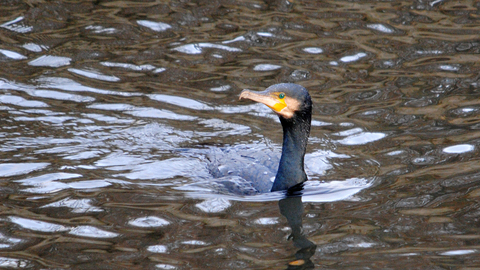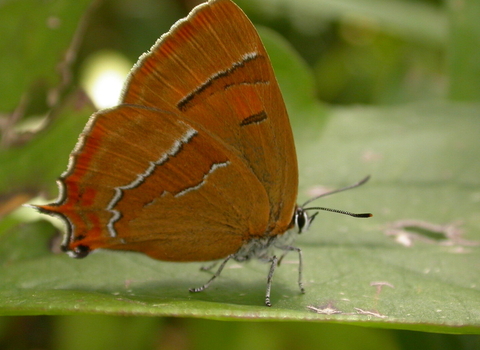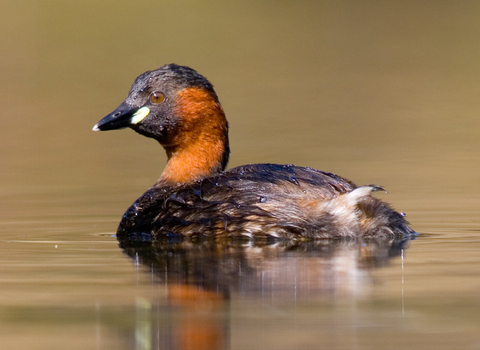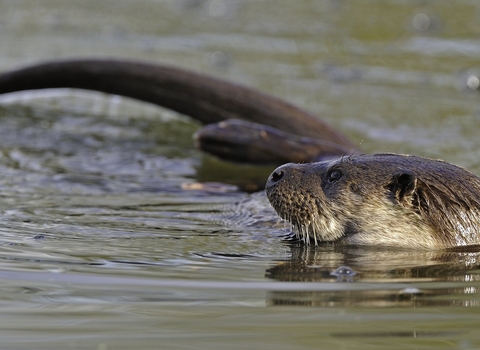
Amy Lewis
St Margaret's Island
Know before you go
Dogs
When to visit
Amseroedd agor
No open accessAmser gorau i ymweld
Spring and SummerAm dan y warchodfa
The island is principally limestone with the spectacular vertical western cliffs being the southern outcrop of the famous South Pembrokeshire Syncline. The southern slopes are shattered and eroded, and there are several stacks of over 30 metres immediately south of the island.
Signs of past human activity include extensive quarry workings, and associated quarrymaster’s houses, and a small field with a bothy on the large island. More extensive buildings on the small island include the ruins of three houses, formerly a large chapel, and there is evidence of religious connections since at least 1748. By 1851 the island had been abandoned.
The seabird colonies are mainly confined to the northern and western cliffs, with strong colonies of Guillemot, Razorbill and Kittiwake. The principal nesting species is the Cormorant, this being one of the largest in England and Wales. A few pairs of Puffins breed in rock fissures, but Brown Rats are known to be on the island which precludes the spread of any colonies. Shag also breed, as well as Herring Gull, Lesser Black-backed Gull and Great Black-backed Gull.
The top of the island is dominated by Red Fescue with Common Nettle, Hogweed, False Oat Grass and Cocksfoot. Vegetation on the seaward edges is poorer, although species to be found include Sea Beet, Common Scurvy Grass and Common Mallow, with Red Fescue.



